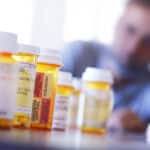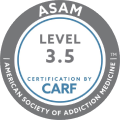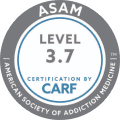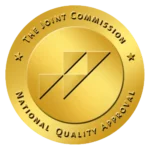Many people prefer detoxing at home and want to stay in a controlled yet safe environment. At-home detox is an outpatient treatment that requires the advice of a medical professional.
People believe detoxification at home is quite comfortable, but it is risky. It is a complicated process, and individuals relapse due to misinformation.
By learning about the methods and avoiding common mistakes people make, you are likely to prevent relapse and free yourself from addiction.
For quality drug and alcohol medical detox, get in touch with Haven Detox-South Florida and talk to their professional staff.
Key Takeaways
Alcohol detox is dangerous if someone does not know what to expect and which procedures to follow for safe recovery. Learning about secure detox methods is vital to avoid medical emergencies.
- Medical examination and advice are essential to start detoxification.
- To safely detox at home or in an inpatient facility, prepare yourself and follow a proper schedule.
- Consume fruits, vegetables, and vitamin supplements.
Inpatient detoxification at Haven Detox-South Florida’s residential program lowers the chance of relapse. Contact our facility at (561)328-8627.
How to Detox from Alcohol Safely
Alcohol addiction is a mental disorder and quitting alcohol requires medical supervision. You should contact a medical professional who can recommend the proper treatment to start at-home detox or a rehab facility.
Home detox requires a proper schedule to avoid severe physical symptoms. For safe detox at home, follow these steps:
Medical Assessment
Get an appointment with a healthcare provider so they can evaluate you to determine whether you are fit enough for detox at home.
They will ask you questions about your drinking patterns and do a blood test. The test is essential to check the health of your liver and nutrient levels in your body.
Medical Advice
Healthcare providers will offer you treatment options to cope with medical complications. The detoxification process may also require medications to alleviate mild symptoms.
They also give instructions regarding the medication dose and when to seek immediate medical attention.
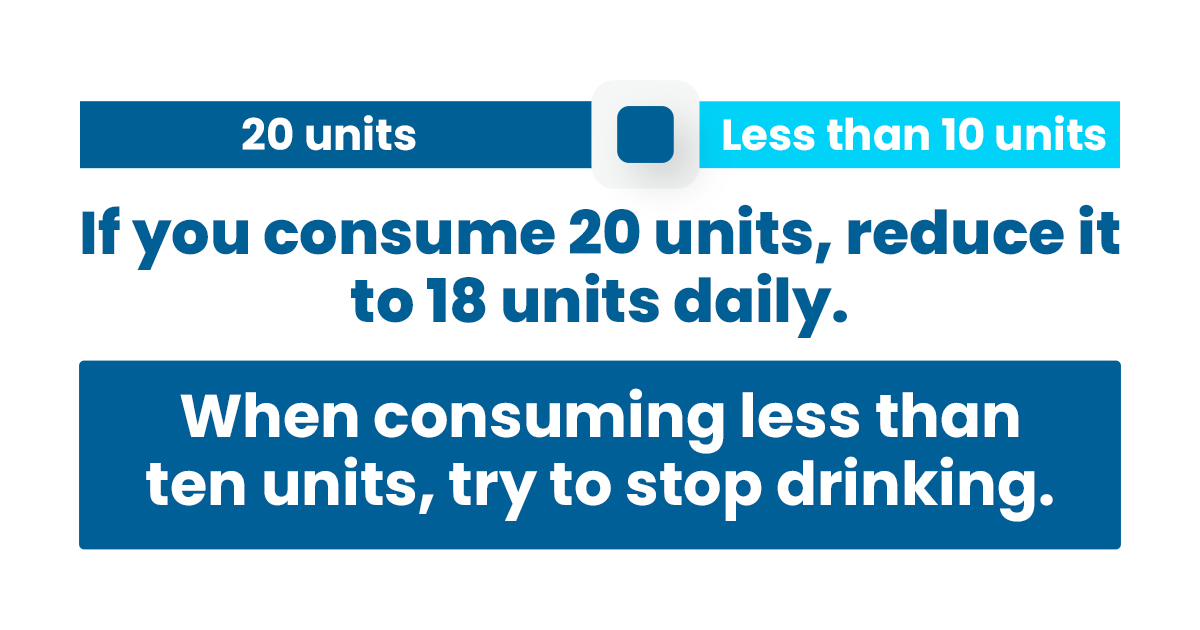
At-Home Detox Timeline
A person suffering from alcohol use disorder needs detoxification, which is the first step toward recovery. During the detox treatment, medical staff provide medication-assisted treatment.
You can safely detox at home, depending on your daily drinks. Too much alcohol can cause severe alcohol withdrawal symptoms.
For some individuals, alcohol detox can be dangerous, and they may experience:
- Hallucinations
- Insomnia
- Sweating
- Nausea
- Vomiting
- High blood pressure
- Elevated heart rate
- Delirium tremens
Detox treatment in an inpatient facility is safe for those with alcohol dependence. Not everyone is suitable for outpatient detox. An individual must have a supportive community and a stable condition before attempting detox at home.
They must be motivated to avoid drinking and get in touch with a doctor for advice. If you have no serious medical condition like a history of seizures or delirium, then you are healthy enough to begin the detox procedure.
Prepare for Alcohol Withdrawal
Start with meditation and prepare yourself for withdrawal symptoms. Withdrawal symptoms may begin after a few weeks and could last for months.
The duration of symptoms depends on the severity of your alcohol use disorder. Stay hydrated and focus on your goal of sobriety.
- You cannot immediately quit drinking, so start reducing its dose.
- If you consume 20 units, reduce it to 18 units daily. When consuming less than ten units, try to stop drinking.
- If you feel like you need a support system, then join a support group.
- In case of severe symptoms like seizures, immediately get professional help.
Remove Alcohol
One of the common withdrawal symptoms is experiencing a craving. You may fail to handle the urge to consume alcohol without easy access. Whereas removing alcohol can help you to cope with temptation.
Supportive Environment
Detox at home is right for you if your family and friends are supportive and ready to assist you. You can ask your friend or family to check your vital signs during alcohol withdrawal. They should be alert in case of a medical emergency and call medical professionals.
Avoid Triggers
The best way to avoid triggers is to replace them with healthy activities like painting and exercising. Such activities are a gateway to developing healthier habits that can lower the risk of relapse.
Moreover, you need to:
- Drink plenty of fluids
- Have daily check-ins with your doctor
- Take vitamins and other supplements
- Sleep properly
- Check your body temperature
- Avoid friends or family members who drink or encourage you to drink alcohol
Eat Properly
Eating fruits and consuming vitamins reduces stress and boosts your immune system.
Eating healthier food can heal your vital organs that were affected due to alcohol abuse. Alcohol detox and proper nutrition sustain your stamina during the withdrawal symptoms.
Join Support Groups
Support programs like the 12-step program by Alcoholics Anonymous are a haven for people like you to share your experience. People at AA have been through alcohol withdrawal symptoms and can advise you regarding your journey toward recovery.
Diet Plan for at-Home Alcohol Detox
Withdrawal symptoms range from mild to severe, lasting from a few days to several months. Alcohol detox can cause weakness as your body is dealing with the absence of alcohol. Eating healthy food rich in nutrients can alleviate the severe effects of alcohol withdrawal.
Fruits
Fruits with high water concentration can keep you hydrated during alcohol detox. They also contain a high percentage of fiber, vitamin C, and vitamin A.
To make a better diet plan, you can also ask healthcare professionals. If you feel nauseous and cannot eat solid food, make a milkshake or smoothie, which can be easily consumed.
Fruits to eat during alcohol detox include:
- Peaches
- Watermelon
- Citrus
- Berries
Vegetables
Like fruits, vegetables also have a high concentration of water and fiber. Fiber helps stabilize blood sugar levels and reduces anxiety and irritability. Moreover, it is suitable for gut bacteria. Leafy vegetables are rich in vitamins A, B, C, and calcium.
Vegetables you should eat during detox include:
- Broccoli
- Sweet potatoes
- Red bell pepper
- Kale
- Spinach
- Carrots
Whole Grains
Whole grains are high in vitamin B, which helps reduce withdrawal symptoms. Whole grains such as brown rice are advantageous for healthy gut bacteria that can improve the condition of organs like the liver and kidney.
Moreover, vitamin B, like thiamine, and folate, is beneficial for your nervous system. Vitamin B is also suitable for the production of serotonin which reduces the craving for alcohol and improves mood.
Whole grain options that can become part of your diet include:
- Quinoa
- Whole wheat bread
- Brown rice
- Black rice
- Oats
Cayenne Pepper
If you are experiencing alcohol cravings, add cayenne pepper to your food, which helps reduce craving and withdrawal symptoms. Cayenne pepper is also suitable for individuals who experience nausea and headaches.
Low Fat Protein
Healthcare providers may advise you to drink bone broth if solid foods make you sick. Bone broth is rich in electrolytes and protein.
If you can consume solid food, then salmon and tuna are the best preferences. They consist of omega-3 fat that improves brain signals.
The best protein diet includes:
- Seafood
- Beans
- Lentils
- Soy
- Eggs
- Poultry
Frequently Asked Questions (FAQ)
What is the safest way to stop drinking?
If you are addicted to alcohol, it can be risky to stop drinking immediately. It would be better to reduce the amount of drink to reduce the likelihood of withdrawal symptoms. Cutting down on alcohol makes it easier for you to stop drinking.
What can you expect if you stop drinking alcohol?
When an alcoholic stops consuming alcohol, their body will experience symptoms due to the absence of alcohol in the system. In the first few hours, they will experience sweating and anxiety. After 12 to 24 hours, they can expect to experience alcohol cravings, tiredness, and depression.
48 to 72 hours after the last alcoholic drink, you may begin to experience withdrawal symptoms. For many individuals, withdrawal symptoms stop after 3 to 7 days.
However, in the case of heavy drinkers’ people experience confusion, delirium tremens, and excessive sweating. That is why binge or heavy drinking should seek medical advice before stopping alcohol intake.
How do you safely detox from alcohol at home?
To safely detox at home, contact a doctor who will examine and advise you about your condition. Do not stop alcohol intake immediately first. Reduce its amount so your body can adjust to avoid severe withdrawal symptoms. Eat healthy food because, during detox, individuals feel body weakness and lose weight.
Stay hydrated
Consume a balanced diet
Take minerals and vitamin supplements
Rebuild a Better Lifestyle at Haven Detox-South Florida
Many alcohol addicts lose their lives due to withdrawal symptoms they experience during detoxification. Self-detox is risky and requires the help of a medical professional.
It is suitable for those who are mildly addicted to alcohol, but for someone with an alcohol use disorder, inpatient detox is the best option.
At Haven Detox-South Florida, we offer a residential program to AUD patients so they can begin medical detox in a safe environment. We also offer IV therapy to keep our patients hydrated.
At our treatment facility, we provide services to veterans who are dealing with trauma and alcoholism.
Contact us at (561)328-8627 for more information.


